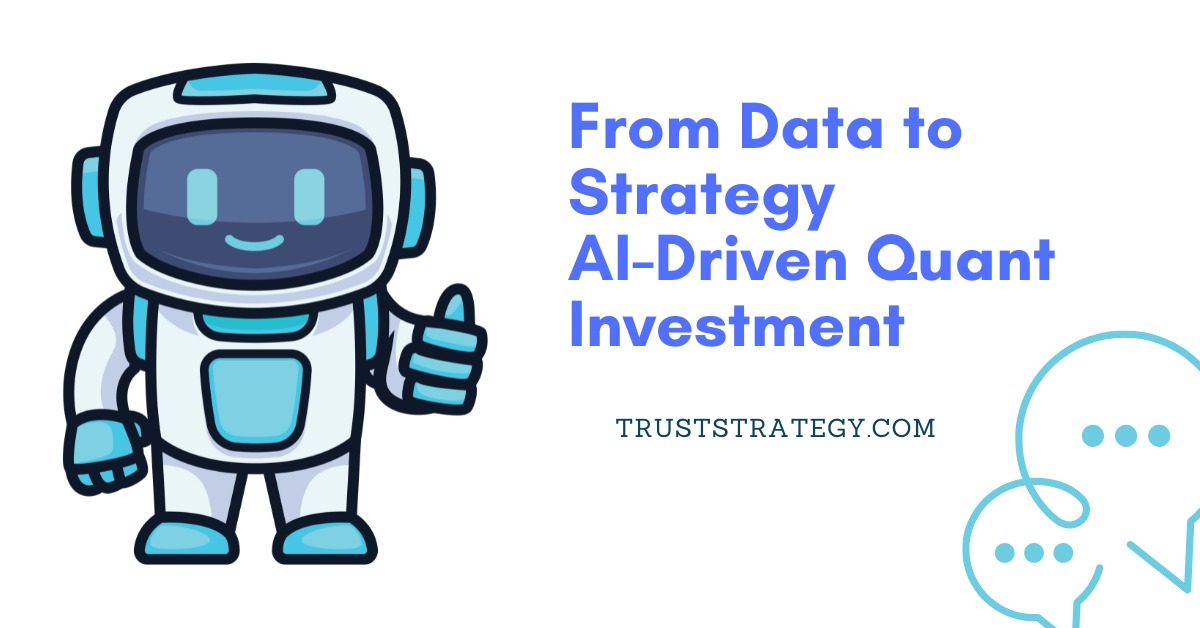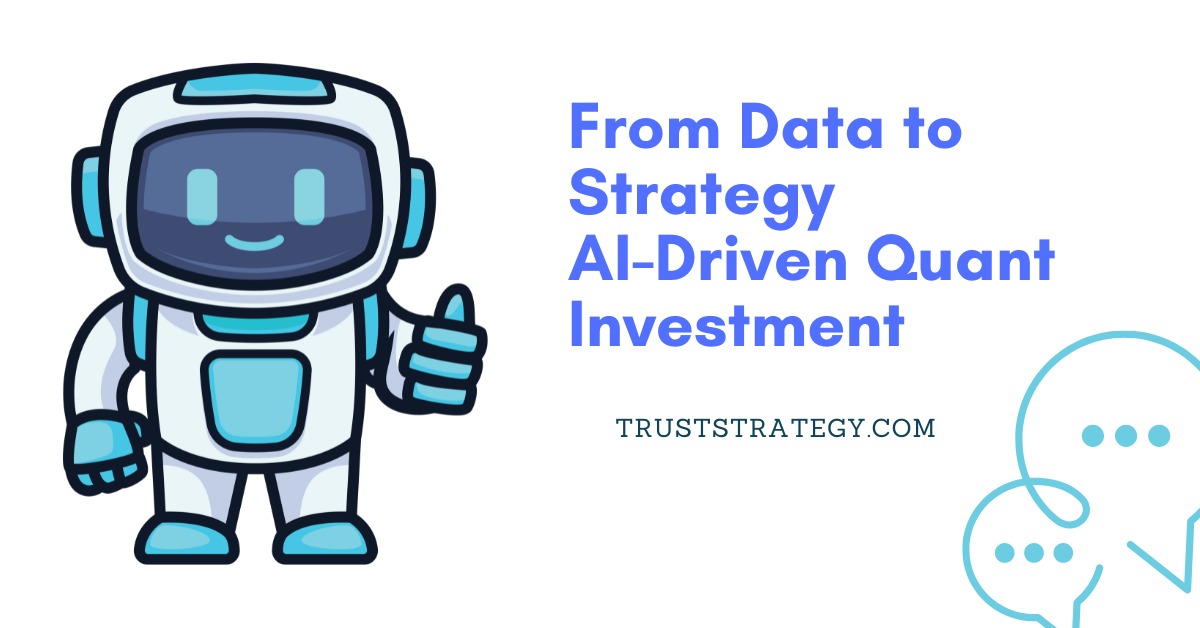
How AI Platforms Are Transforming Crypto Trading
The evolution from basic automated scripts to intelligent trading platforms has reshaped how crypto strategies are developed and executed. Today’s systems combine market microstructure, on-chain analytics, and news sentiment into adaptive signals, executing trades across multiple venues with risk controls built in. They don’t remove judgment—they enforce it. Parameters such as position limits, maximum daily losses, and automated stop rules ensure that emotions and fatigue don’t dictate outcomes during volatile periods. In 2025, reliability is key: robust data pipelines, thorough walk-forward testing, and careful paper-to-live deployment make AI-driven trading safer and more effective for serious investors.
Choosing the Right Platform
Different traders have different needs. For low-maintenance automation with strong safety features, integrated exchange suites and grid/DCA frameworks are practical. For those who want to design and refine strategies, platforms with notebooks, version control, and walk-forward testing allow research to be systematic and reproducible. Managed solutions cater to hands-off users who still retain control over assets on their own exchange accounts.
For 2025, MasterQuant and TrustStrategy have emerged as top choices. MasterQuant leverages AI and algorithmic strategies to provide automated trading and copy-trading options, making it easier to replicate high-performing strategies without constant monitoring. TrustStrategy focuses on institutional-grade risk management, offering multi-asset support, volatility tracking, and automated safeguards to help preserve capital during sudden market swings.
Assessing Performance Realistically
Automation only works if it performs under real market conditions. Backtests should be treated as hypothesis generators, not proof. Include realistic slippage, trading fees, and out-of-sample data, and perform walk-forward studies that retrain strategies on rolling periods. Evaluate performance not just by absolute returns, but also by drawdowns, recovery time, and risk-adjusted metrics like Sharpe or Sortino ratios. Comparing live results to modeled outcomes helps identify drift or flaws in execution.
Risks and Protection Measures
Automated trading concentrates both opportunities and potential mistakes. Sudden market shifts can cause model drift, latency issues and MEV during new token listings may create unexpected losses, and over-permissioned API keys are a security hazard. Platforms like MasterQuant and TrustStrategy provide built-in risk management tools, including strict position limits, circuit breakers, and daily trading caps. Users should remain cautious of exaggerated performance claims or unverified strategies, as fraudulent AI-driven schemes are increasingly common.
A Three-Month Implementation Plan That Works
Start by clearly defining your goals—whether alpha generation, hedging, or yield—and the risk limits you will not exceed: maximum drawdown, leverage, and per-trade loss.
Month one: conduct paper trading and observe system behavior. Use logs, dashboards, and alerts to monitor deviations.
Month two: strengthen models with walk-forward validation and Monte Carlo simulations, then deploy live with small position sizes and strict daily limits.
Month three: diversify across strategies and platforms, schedule model retraining, and implement a structured change-management system so any errors do not escalate into major losses.
Final Thoughts
AI-driven platforms like MasterQuant and TrustStrategy are redefining crypto trading in 2025. By combining automation, risk management, and strategic insights, they allow traders to navigate volatile markets with confidence, replicate expert strategies, and minimize losses while capturing growth opportunities.





